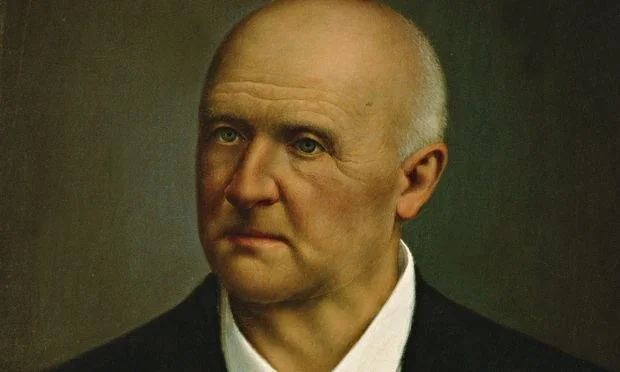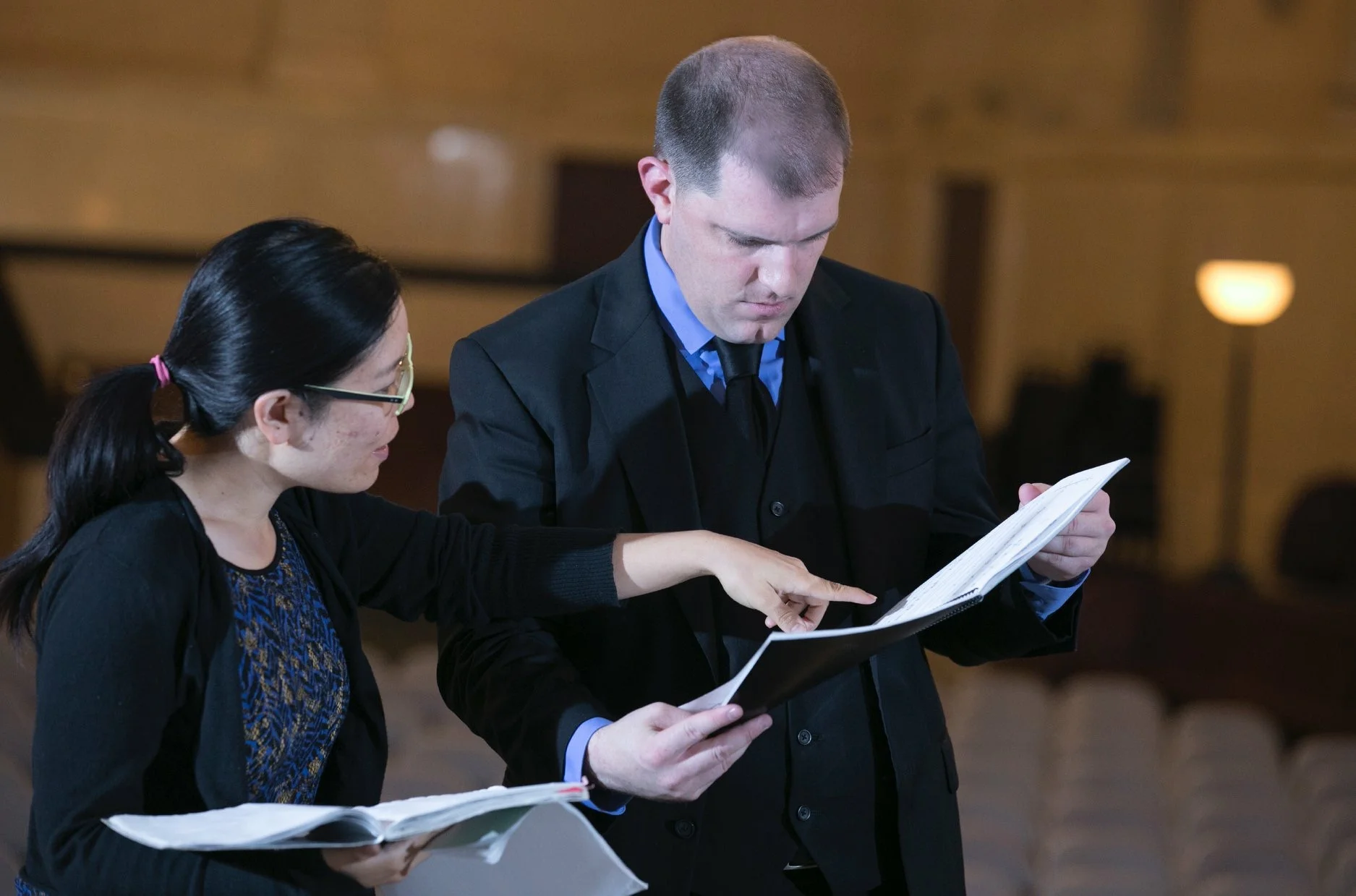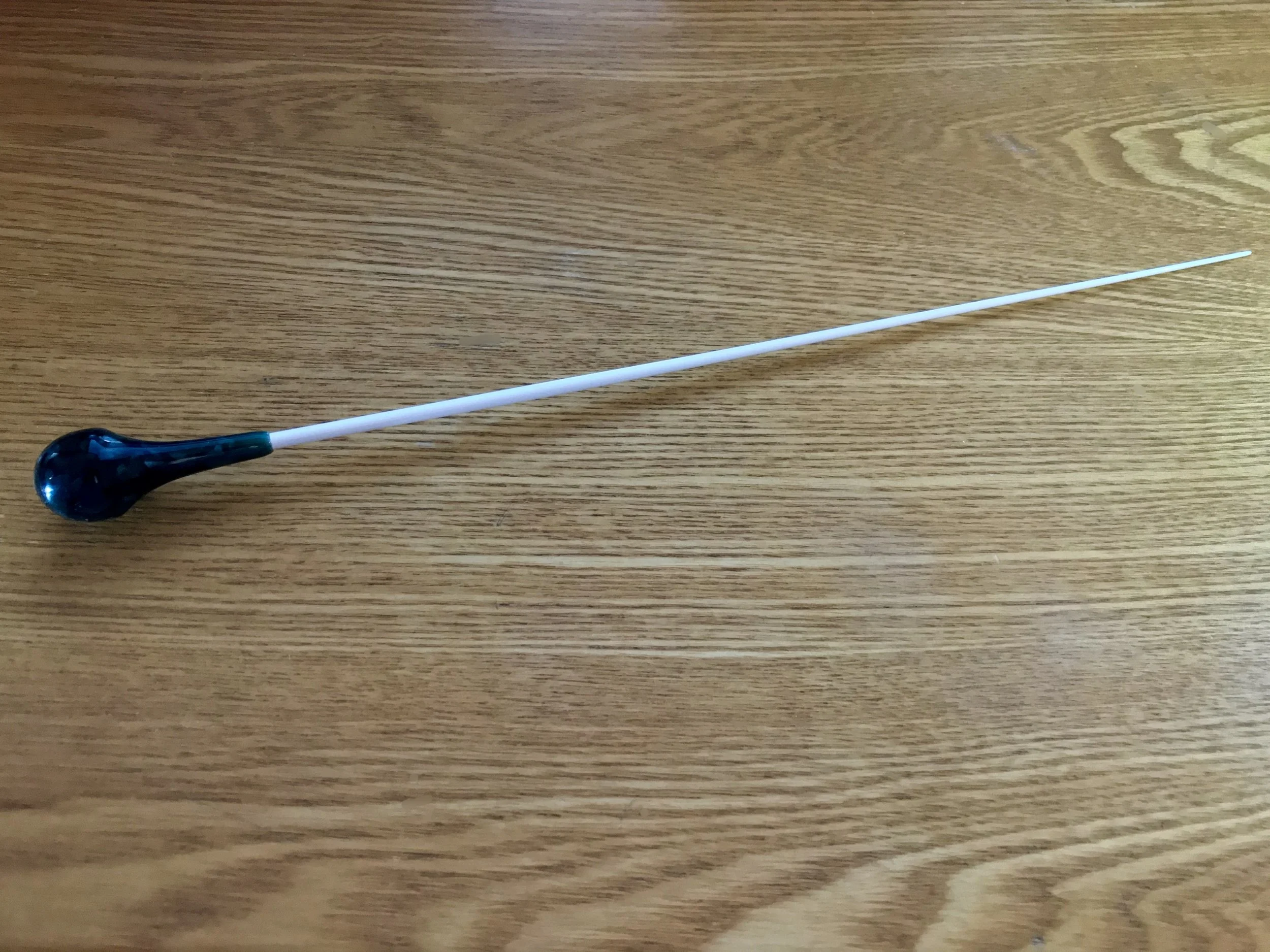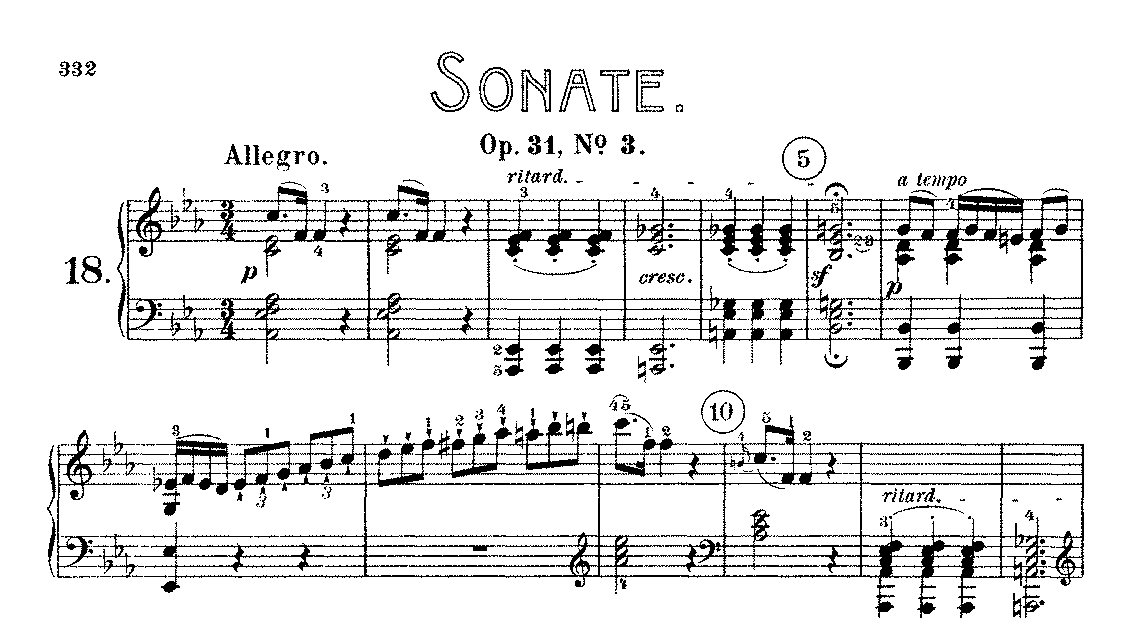I think one of the reasons I find this so appealing is that I didn’t initially discover Bruckner through his symphonies. My initial vector was through singing his motets in college. So, I think I never formed my mental Bruckner totem around his orchestrations but rather around his harmonic language, expressed in a capella choral music, as a tool to focus on reverence for The Divine, for The Higher Ideals, and for Our Better Nature. In a word, God.
Viewing entries in
Essay
But there was one person who indefatigably stuck by me at this juncture, at the hour of greatest need. This was the same guy who was the very first to write me to express interest in getting the project going in the first place, all the way back in August 2014. In March 2015 at that coffee meeting, I had to ask him, in the midst of what had become a chaotic environment, where he stood. He told me, "I'm still in. At this point, I feel a moral commitment to help get this thing off the ground." And get it off the ground, we did....
In May of 2015 I lead Symphony Number One in our debut concert in Baltimore. Here's an audio essay I posted ahead of our launch:
We think we can better serve the composers we feature by focusing on just one emerging composer at a time rather than lumping all of them together onto one concert. Even trained musicians can get overwhelmed by a multitude of new compositional voices presented on one concert; how can we expect our audience to do any better? When this happens, your memories start to get flattened and you tend to only remember features like special effects, strange instruments, or other novelties, rather than to deeper musical layers.
After the death of my high school mentor, I wrote a thank you note to a number of influential mentors:
I could keep this up for hours, but I think you get the message. You are some of the most wonderful musicians and humans I have had the pleasure to know and I am just a representative for all of us whom you have touched as teacher, student, mentor, colleague, and friend. You are remarkable musicians and people, all of you, and I owe every bit of whatever small bit of success I've had to you. And if my message doesn't communicate a little bit about the power of band, this video about Gary says it all.
Interpretation is a commonly understood term among musicians, a term denoting the “stylistic representation of a creative work,” (Stevenson 2010).[1] However, interpretation is often wrongly believed to be a self-consistent and complete toolset for preparing the score for performance. Rather than merely augment the accepted definition of interpretation, I argue that a new term must be used to represent the superset of tools valuable to the performer, of which the traditional methods of interpretation are a subset. I argue for the use of the term Performance Design (PD) to indicate the totality of means and methods by which live concert performances are planned and prepared. Included in these means are tools from Neuroscience, Information Theory, and other audience-centric disciplines.
“Hey! I'm a new follower of yours! Just curious, I currently have a Mollard and Custom Batons, what is your baton preference?”
Béla Bartók’s Music for Strings, Percussion, and Celeste highlights Bartók's mastery of orchestration, and innovation with rhythm. However, the opening movement perhaps least exemplifies these features (relative to the other movements). The first movement of the work instead showcases his mastery of counterpoint with a particularly praiseworthy example.
...Bartok, for instance, gives us not only metronome markings, but precise timings for sections as a second check against grossly deforming his works. He believes his music to be more delicate with regards to timing, so one wrong move and snap. Mahler, on the other hand, gives loads of instruction with regard to tempo, some metronome markings, but a degree of sturdy flexibility to his music. It seems that his approach to harmony and orchestration further supports this.








